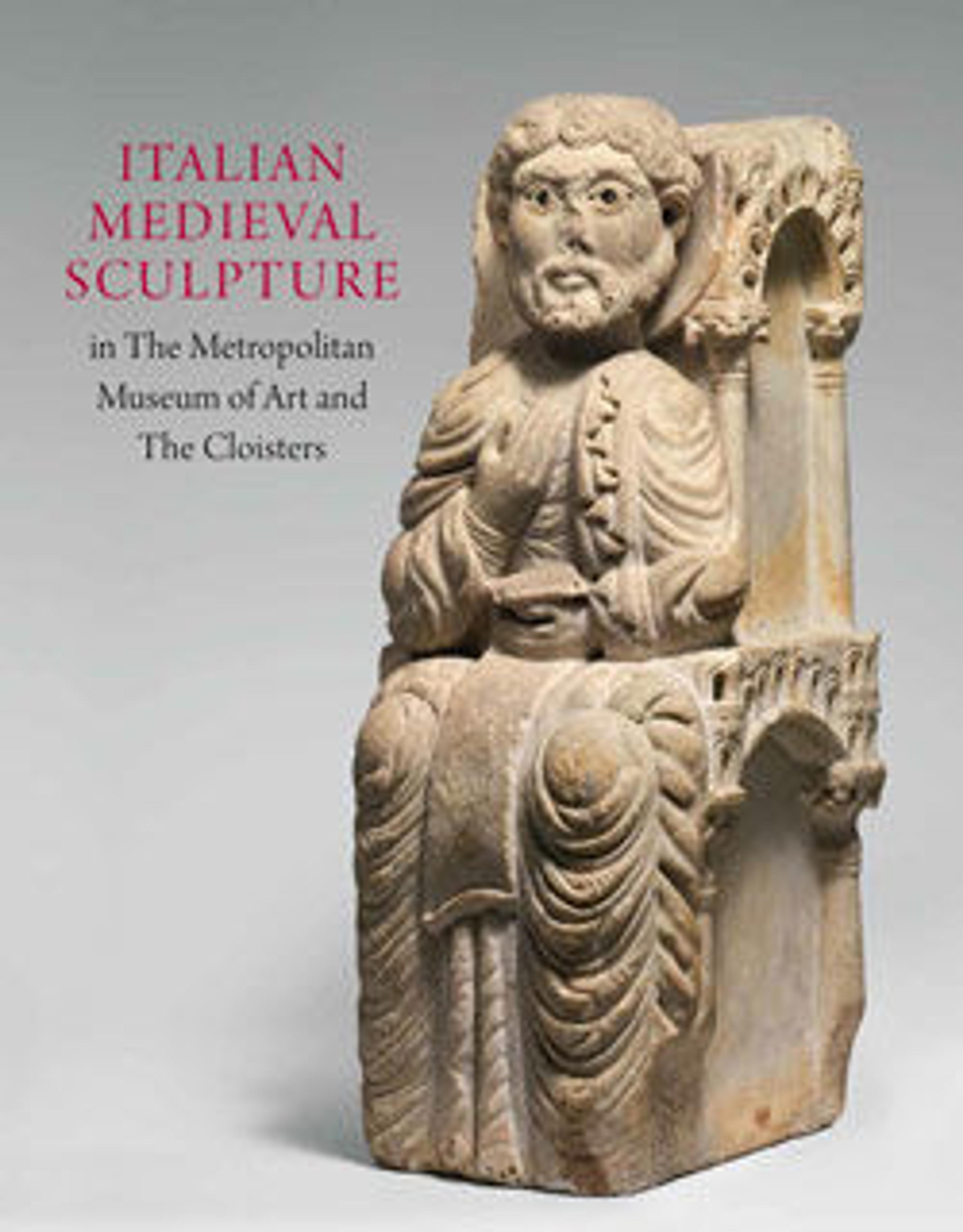Pilaster (Tetramorph) from the Parapet of a Pulpit with Symbol of the Evangelists
The trumpet-blowing angels, heralding the Last Judgment once flanked a relief of Christ as Judge (now in Berlin) in the center. The central pilaster is composed of a compact group with symbols of the evangelists: the angel of Matthew at center, the ox of Luke at his left, and the lion of Mark on the right. The pilaster supported an eagle lectern, similar to the adjacent one, for the reading of the Gospels. The eagle
of John thus completed a representation known as a tetramorph. Probably executed by assistants after designs by the sculptor Giovanni Pisano, the pulpit was finished in 1310. It was dismantled in 1603, then reconstructed in the cathedral in 1926.
of John thus completed a representation known as a tetramorph. Probably executed by assistants after designs by the sculptor Giovanni Pisano, the pulpit was finished in 1310. It was dismantled in 1603, then reconstructed in the cathedral in 1926.
Artwork Details
- Title: Pilaster (Tetramorph) from the Parapet of a Pulpit with Symbol of the Evangelists
- Artist: Workshop of Giovanni Pisano (Italian, Pisa ca. 1240–before 1320 Siena)
- Date: ca. 1302–10
- Geography: Made in Pisa, Tuscany, Italy
- Culture: Central Italian
- Medium: Marble (Lunense marble from Carrara), traces of paint
- Dimensions: 33 3/4 × 13 3/4 × 9 in., 133 lb. (85.7 × 34.9 × 22.9 cm, 60.3 kg)
- Classification: Sculpture-Stone
- Credit Line: Rogers Fund, 1921
- Object Number: 21.101
- Curatorial Department: Medieval Art and The Cloisters
More Artwork
Research Resources
The Met provides unparalleled resources for research and welcomes an international community of students and scholars. The Met's Open Access API is where creators and researchers can connect to the The Met collection. Open Access data and public domain images are available for unrestricted commercial and noncommercial use without permission or fee.
To request images under copyright and other restrictions, please use this Image Request form.
Feedback
We continue to research and examine historical and cultural context for objects in The Met collection. If you have comments or questions about this object record, please contact us using the form below. The Museum looks forward to receiving your comments.
